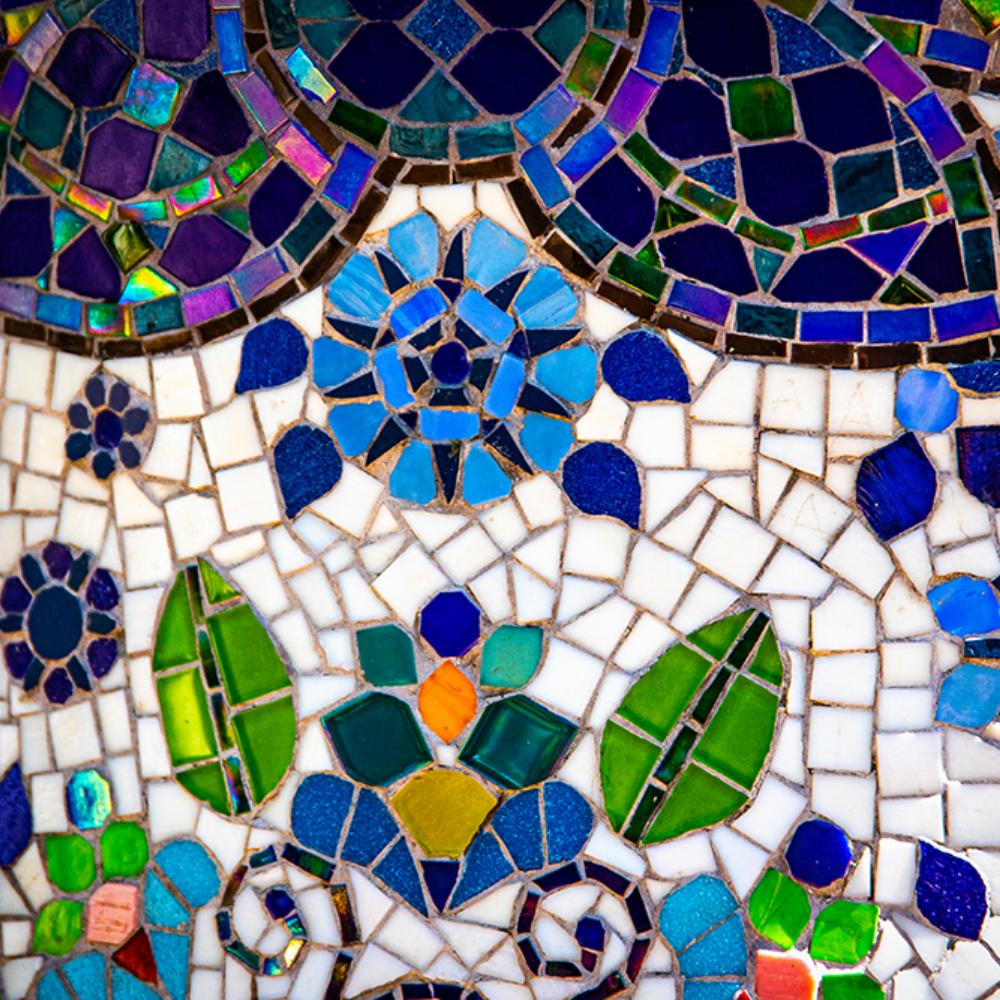Dive into the colorful world of mosaic art, a creative endeavor that combines the intricacy of a puzzle with the beauty of a painting.
This timeless craft, rooted in ancient tradition, allows you to piece together vibrant shards of glass, stone, or ceramics, creating mesmerizing patterns and images.
Creating a mosaic is like assembling a puzzle where each piece is integral to the stunning final picture.
This art form involves arranging small pieces of colored glass, stone, or other materials to create a pattern or image.
Whether you're a novice looking to start a new hobby or a seasoned artist exploring new techniques, this step-by-step guide will lead you through the enchanting process of making your very own mosaic masterpiece.
Here’s how you can start your journey into the world of mosaic art, from gathering materials to placing the last tile.
Key Takeaways:
- Understanding Materials: Learn about the different materials like glass or ceramic tiles, and natural materials used in mosaic art.
- Techniques and Tools: Master the use of tools such as tile nippers and glass cutters, and familiarize yourself with techniques for both indoor and outdoor mosaics.
- Finishing Touches: Discover the importance of applying grout correctly and how to polish your finished mosaic for a professional look.
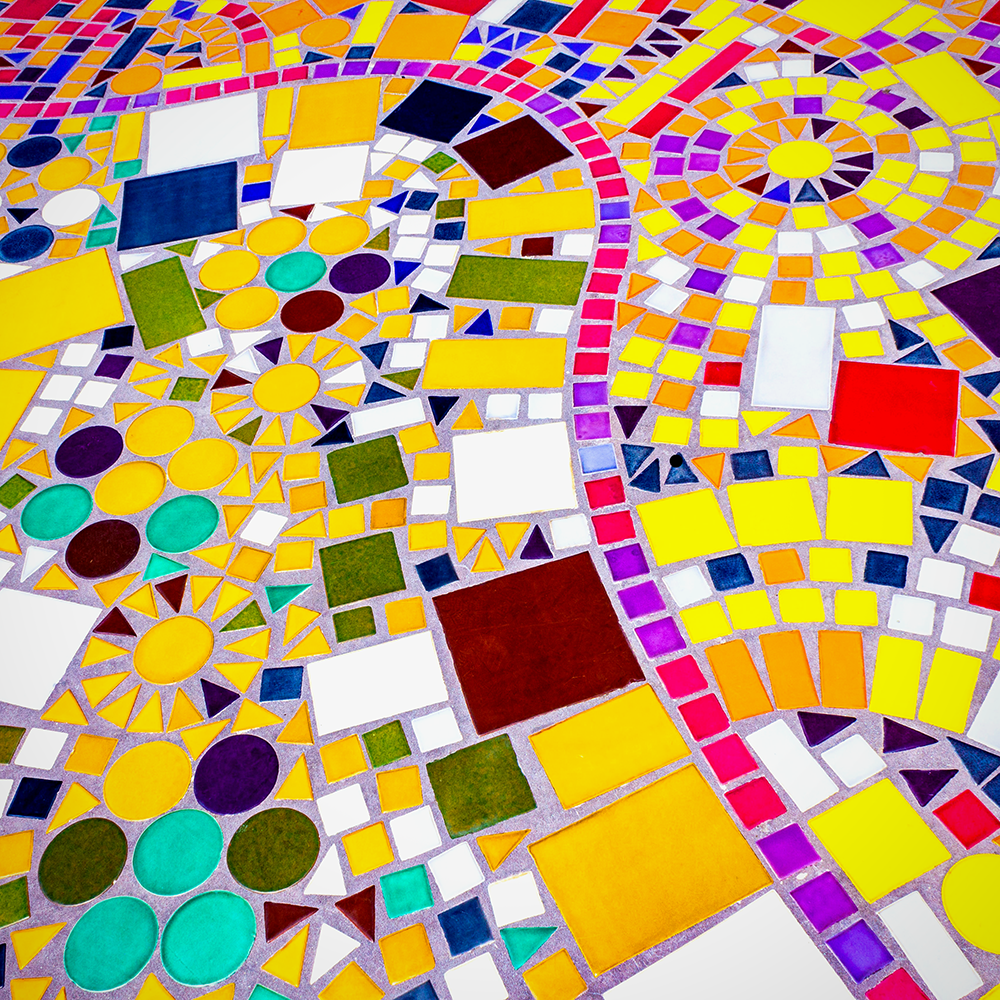

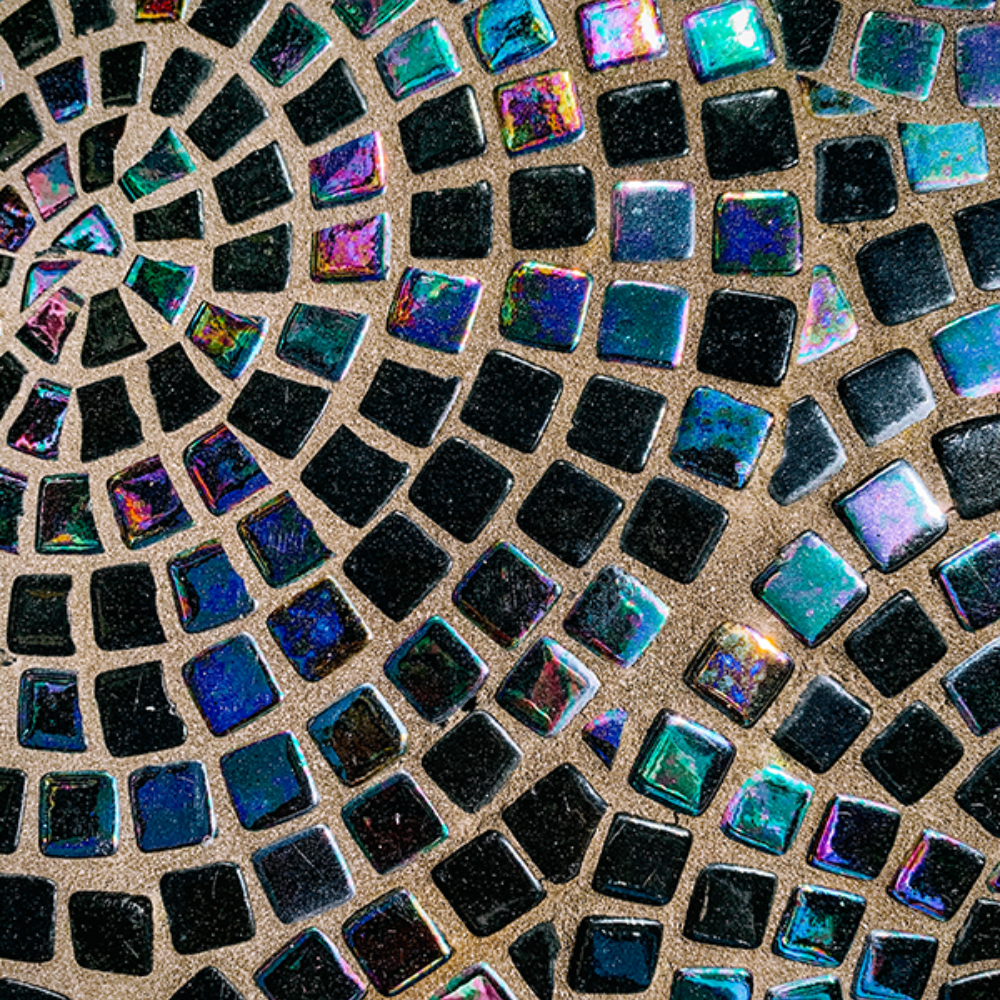
Choosing Your Materials
The first step in making a mosaic is selecting your materials.
You can choose from glass or ceramic tiles, stained glass, broken glass, or even natural materials like pebbles or sea glass.
Each material offers a different texture and color range, giving you ample creative freedom.
For beginners, pre-cut mosaic tiles or tesserae pieces are advisable as they are easier to handle.
Preparing the Base
Every mosaic needs a solid foundation.
Common bases include wood, concrete, or clear glass, depending on whether your mosaic will be displayed indoors or outdoors.
For outdoor mosaics, ensure the base is weather-resistant to prevent damage over time.
Applying a sealant to wood bases can protect them from moisture and warping.
Designing Your Mosaic
Start with a simple sketch of your mosaic design.
This can be a geometric pattern, a landscape, or any imagery that inspires you.
Transfer this design onto your base using a pencil or chalk.
This outline serves as a guide to placing your tiles and helps ensure that your pattern is symmetrical and well-proportioned.
Cutting and Shaping Tiles
To fit tiles into your design, you may need to cut them into smaller pieces.
Using tools like tile nippers or a glass cutter, you can shape your tiles to fit your design.
Always wear safety glasses to protect your eyes from flying shards.
Remember, the goal is to make each piece snug enough to minimize gaps.
Adhering Tiles to the Base
To stick tiles to the base, use a strong adhesive suitable for the weight and type of tile you are using.
Options include tile adhesive, acrylic adhesive, or epoxy resins, especially for heavier or outdoor pieces.
Apply a small amount of adhesive to the back of each tile and press it firmly onto the base.
Applying Grout
Once all pieces are securely attached and the adhesive has dried, it’s time to grout your mosaic.
Grout fills the spaces between the tiles and can enhance your design's overall look.
Choose a grout color that complements or contrasts with your tiles to highlight the mosaic pattern.
Spread the grout over the entire surface, then wipe away excess grout with a damp sponge.
Cleaning and Sealing
After the grout has set, clean the surface with a damp cloth to remove any grout haze.
This step ensures that your tiles shine brightly.
For outdoor mosaics or those in moisture-prone areas like shower floors, applying a grout sealer can provide additional waterproofing and protection.

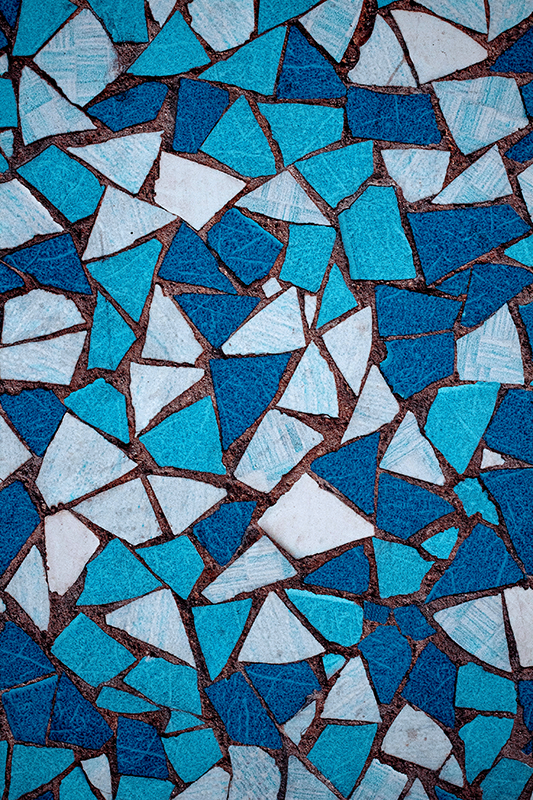
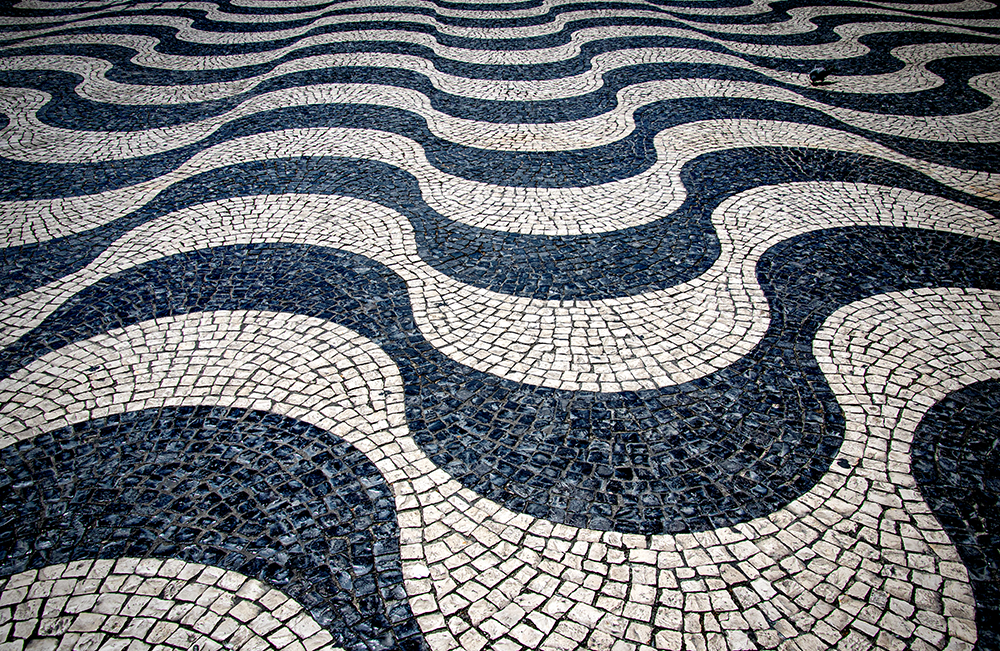
Historical Significance of Mosaics
Mosaics have not only adorned the floors of ancient Roman villas but have also captured the essence of historical storytelling through their intricate designs.
These artworks, often made from small pieces known as tesserae, range from simple geometric patterns to elaborate depictions of historical events.
The use of contrasting colors and materials, such as glass windows and gold leaf, added depth and brilliance, making them a vital part of interior design through the ages.
Mosaics served as more than just decorative elements; they were a form of expression and a testament to the artistic capabilities of the era.
The tradition of creating mosaics has been passed down through generations, evolving with each era but always retaining its core as a meticulous craft.
In public spaces and religious buildings, mosaics have told stories, depicted figures of significance, and even marked the final resting places of notable individuals.
The durability of materials used, such as cut ceramic tiles and epoxy resins, ensured that these artworks could withstand the test of time, allowing us to appreciate their beauty and historical importance even today.
Incorporating Mosaics in Indoor Design
Creating a beautiful mosaic indoors can transform any room into a vibrant space filled with personality and color.
When planning your first mosaic project for an indoor setting, consider the ambiance you want to evoke.
For instance, using smooth, glass tile pieces can add a touch of elegance to your living room or bathroom.
It's essential to choose water-resistant adhesives, like epoxy resins, which ensure the longevity of your artwork, especially in moisture-prone areas.
Moreover, the choice of the mosaic base is crucial for indoor mosaics.
A flat surface such as a tabletop or a wall section works best.
When selecting colors, consider using a contrasting color scheme to make the design pop against the existing room decor.
Acrylic-based adhesives are excellent for these types of projects because they dry clear, allowing the true colors of the mosaic tile to shine through.
Remember, the final resting place of your mosaic should influence both the materials and the design you choose, ensuring it complements the interior style seamlessly.
Exploring the Richness of Roman Mosaics
Roman mosaics are a testament to the artistic and cultural expressions of ancient times.
These intricate artworks, often found in the ruins of Roman villas and public baths, utilized small pieces of colored stone and glass, known as tesserae, to create detailed and vibrant images.
The precision with which these tesserae were placed allowed for the depiction of complex scenes ranging from mythological narratives to everyday life, showcasing not only artistic skill but also a deep understanding of the subject matter.
The durability of Roman mosaics is equally impressive.
Many of these artworks have withstood the test of time, resisting weather and wear for centuries.
This longevity can be attributed to the materials and methods used, such as employing bedding layers of fine mortar beneath the tesserae and ensuring each piece was firmly embedded.
These techniques provided a water-resistant barrier that protected the artwork from moisture and decay, a testament to the foresight and engineering prowess of Roman artisans.
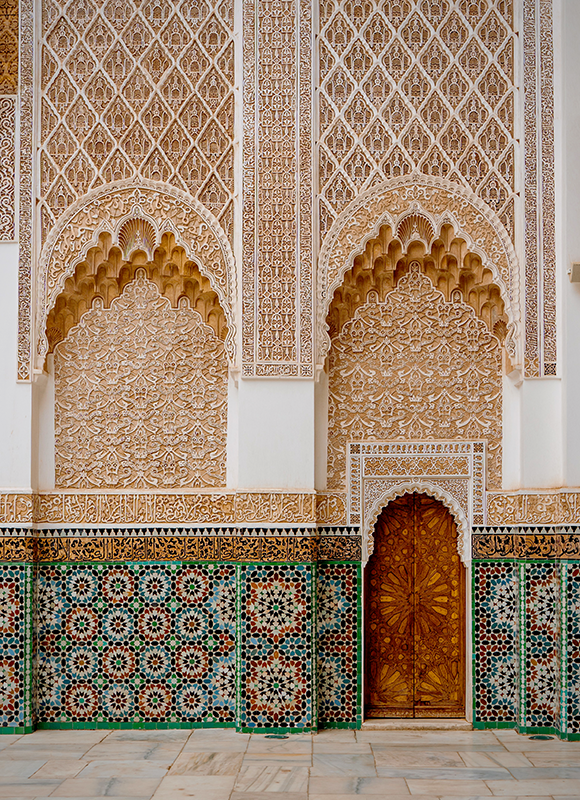


Role of Adhesives and Resins in Modern Mosaics
In contemporary mosaic art, the choice of adhesive is crucial for ensuring the longevity and durability of the piece, especially when the mosaic is intended for outdoor environments.
Acrylic-based adhesives are favored for their flexibility and strength, allowing artists to affix tiles securely to a variety of bases without the risk of cracking over time.
These adhesives are easy to handle and dry clear, which helps in maintaining the vibrancy of the mosaic tiles.
Epoxy resins work exceptionally well in scenarios where additional strength is required.
These resins are renowned for their robust, water-resistant properties, making them ideal for outdoor mosaics exposed to the elements.
When applying grout, which fills the gaps between the tesserae, using an epoxy-based grout can enhance the mosaic's resistance to water and frost, ensuring that the beauty of the artwork remains intact through varying weather conditions.
This combination of modern adhesives and traditional techniques bridges the gap between ancient craftsmanship and contemporary artistry.
Crafting Durable Outdoor Mosaics
Outdoor mosaic projects offer a unique opportunity to beautify exterior spaces like gardens or patios.
When making mosaics for outdoor use, such as stepping stones or garden wall embellishments, it's vital to select materials that can withstand the elements.
Tiles made from ceramic or stone are ideal because they are durable and retain their color well.
Using water-resistant and frost-proof adhesives, like epoxy resins, will help secure the tile pieces effectively against weather conditions.
Additionally, the preparation of the mosaic work surface needs special attention.
For outdoor mosaics, ensuring that the base is sturdy enough to support the weight of the mosaic materials is key.
For example, concrete stepping stones are a popular choice as they provide a robust foundation for the heavy tesserae.
When applying grout to outdoor mosaics, opt for a formula that includes a sealant to protect against moisture and dirt, keeping your mosaic in pristine condition through the seasons.
Modern Techniques and Materials in Mosaic Art
In contemporary mosaic projects, artists often blend traditional methods with modern materials to create stunning, durable works.
The indirect method, where mosaic pieces are first laid out on a temporary surface before being transferred to their final destination, allows for precise control and intricate designs.
This technique is particularly useful for large-scale installations such as floor mosaics or outdoor projects where precision is key.
Artists now have access to a variety of materials, including acrylic-based adhesives and water-resistant grouts, which enhance the longevity and aesthetic appeal of the mosaic.
Safety and precision in handling materials have also seen significant advancements.
Tools like the tile nipper make cutting glass or ceramic tiles less labor-intensive and more accurate, reducing the risk of sharp edges that can lead to injuries.
Safety goggles and other protective gear are now standard practice to ensure that artists can focus on their creative process without hazards.
These developments have not only made mosaic art more accessible but have also opened up new possibilities for artists to explore different textures and materials, pushing the boundaries of what can be achieved with this ancient art form.
Displaying Your Mosaic
Now that your mosaic is complete, it’s time to find the perfect spot for it.
Whether it’s hanging on a wall, laid into a garden path, or used as a tabletop, your mosaic is sure to add color and interest to any space.
If mounted on walls or incorporated into furniture, ensure the structure can support the mosaic's weight.
Maintenance Tips
Maintain your mosaic by regularly cleaning it with warm water and mild soap.
Avoid abrasive cleaners that can damage the grout and tiles.
For outdoor mosaics, periodic resealing of the grout can help extend its lifespan and maintain its appearance.
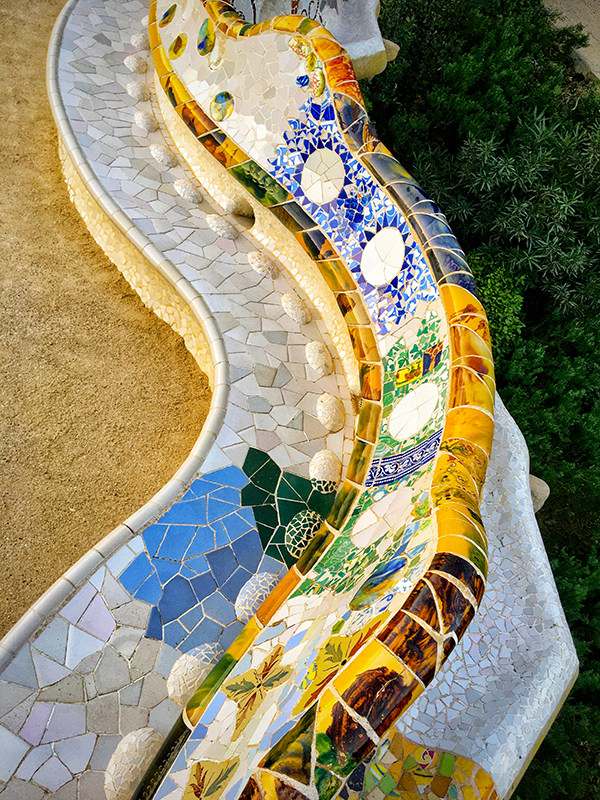
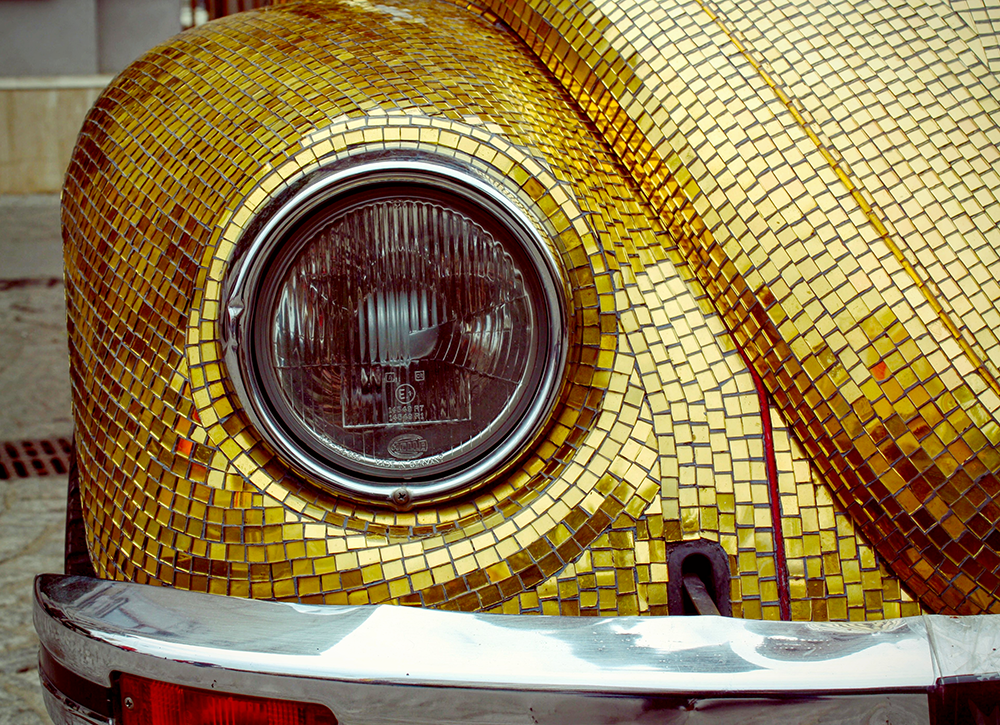
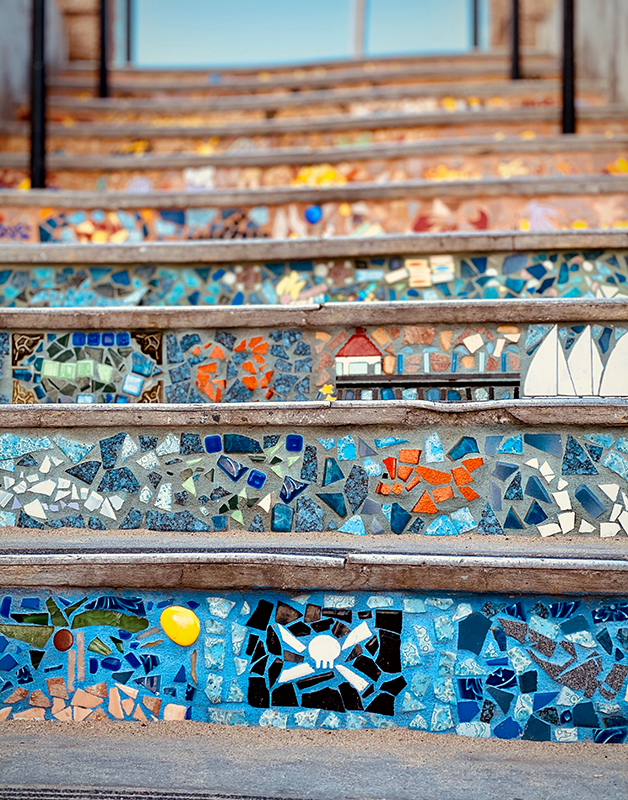
Unleash Your Creative Spirit with Mosaic Art
Mosaic making is not just a craft, but a gateway to expressing your creativity and transforming ordinary spaces into vibrant spectacles.
With the right materials, a dash of patience, and your unique vision, you can create not only art but a lasting impression.
Whether it's for your home or a community space, the mosaics you create will be a testament to your artistic spirit and craftsmanship.
So, why wait?
Start your mosaic journey today and bring your imagination to life, one tile at a time.

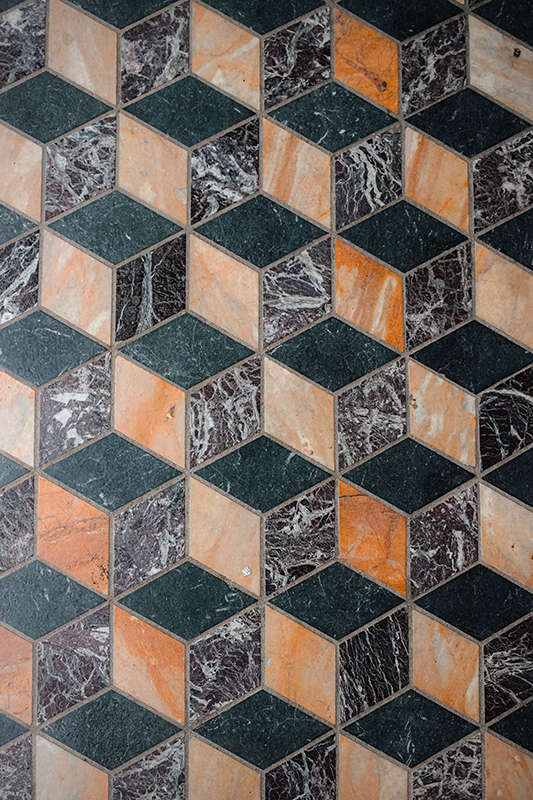
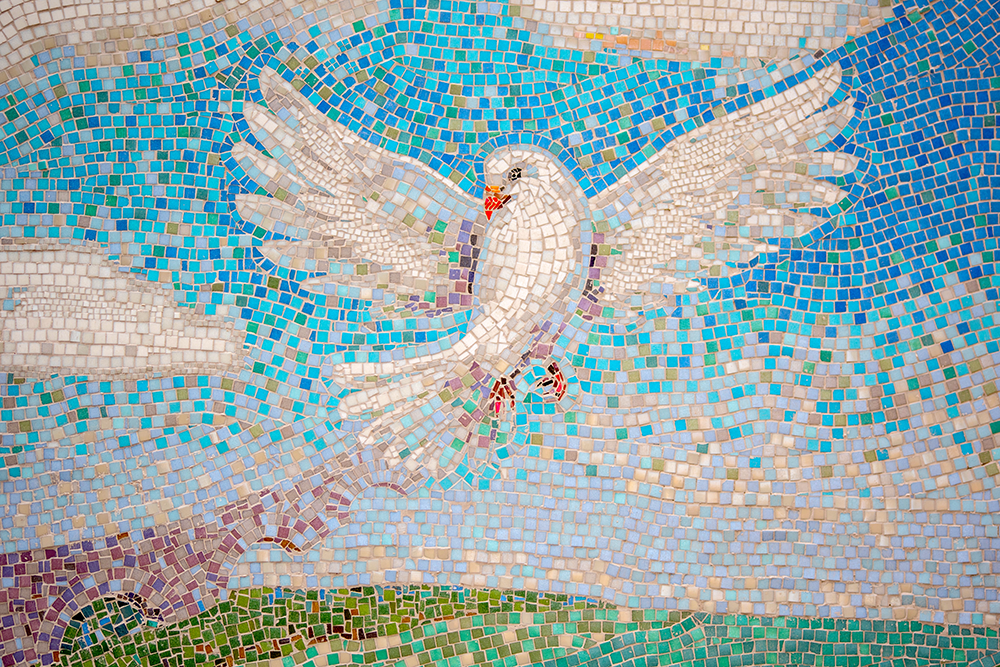
Mosaic FAQs
Embarking on a mosaic project can be an exhilarating journey, whether you're adorning your garden pathway or adding a splash of color to a curved surface.
However, the success of your mosaic artwork hinges on the materials and techniques you choose.
These Mosaic FAQs are here to guide you through common queries and concerns, ensuring your mosaic remains vibrant and intact through the seasons.
From selecting the right tiles to maintaining the vividness of your design, we've got you covered with expert advice.
Let's dive into your most pressing questions and set you on the path to creating a stunning, durable mosaic masterpiece.
What are the best materials for outdoor mosaics?
For outdoor mosaics, durable materials like ceramic pieces, porcelain tiles, and natural stones are ideal. Ensure that the adhesives and grouts are suitable for exterior use to withstand weather conditions.
How do I prevent my mosaic from fading over time?
Use UV-resistant materials and sealants, especially for outdoor and sun-exposed mosaics. Regular maintenance and periodic resealing can also prevent fading and wear.
Can I use mosaic techniques on curved surfaces?
Yes, mosaics can be applied to curved surfaces such as vases or columns. Use smaller tiles for flexibility and ensure your adhesive is strong enough to hold the tiles on a curved base.
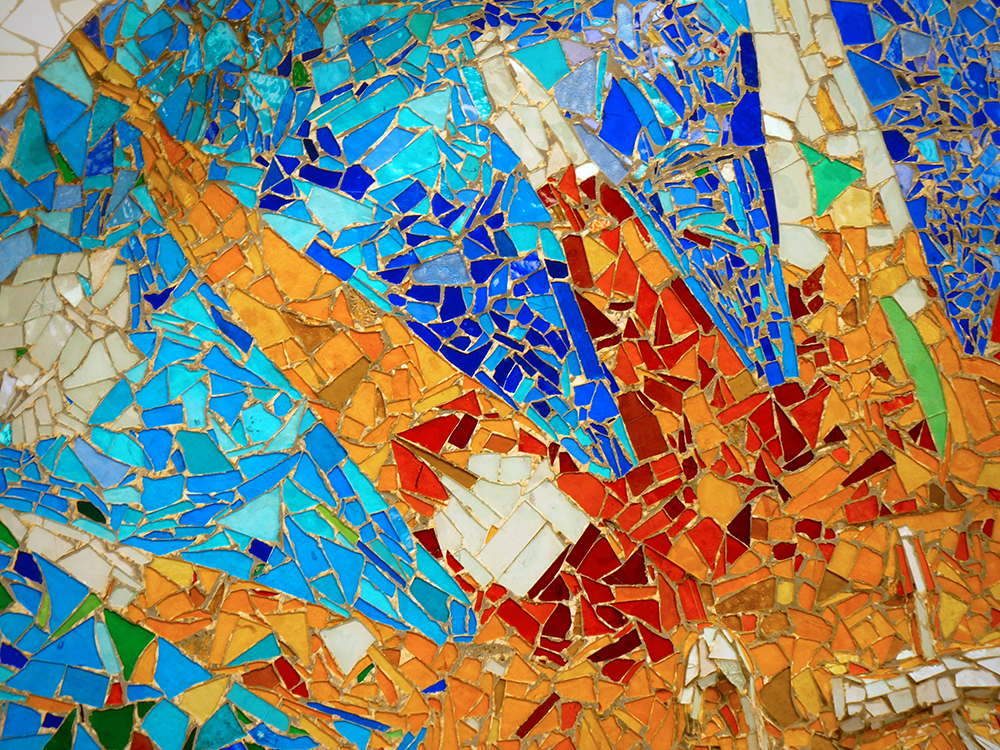
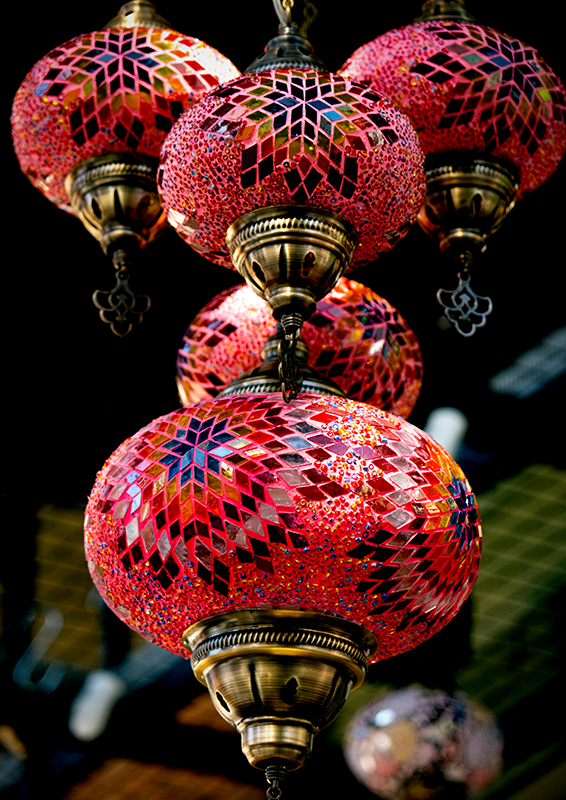
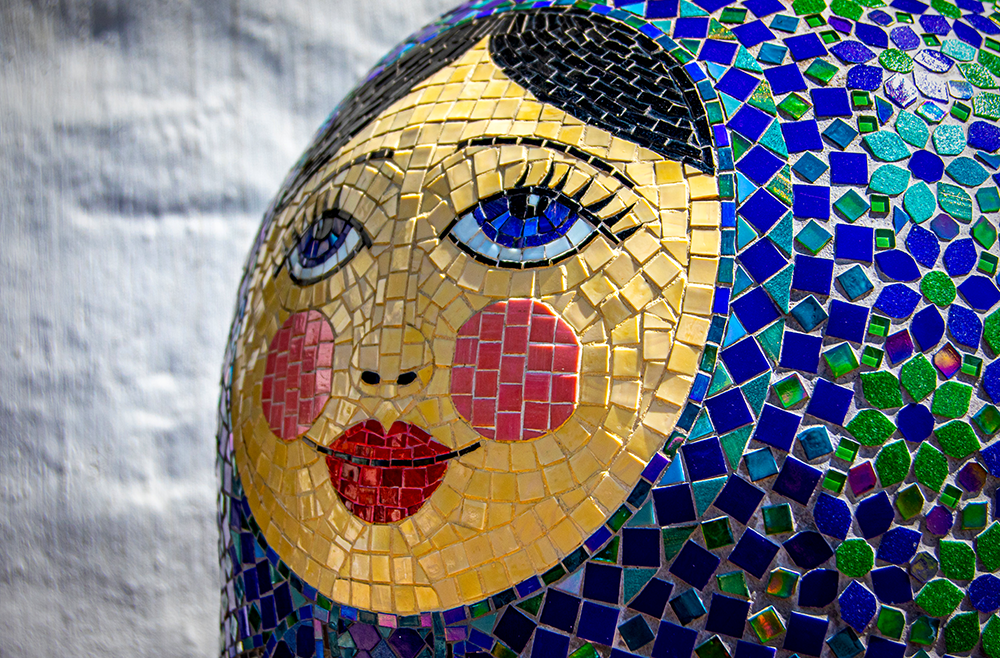
Looking for tips to making mosaics? Check out Helen Miles Mosaics' video?
Want even more content about creativity and art?
Be sure to check out all of our creative chronicles!
Interested in exploring the world of mosaics?
Check out some of our other articles:
-What materials can you use for mosaics?
-What are the 3 main types of mosaics?
-What is another word for mosaic?




